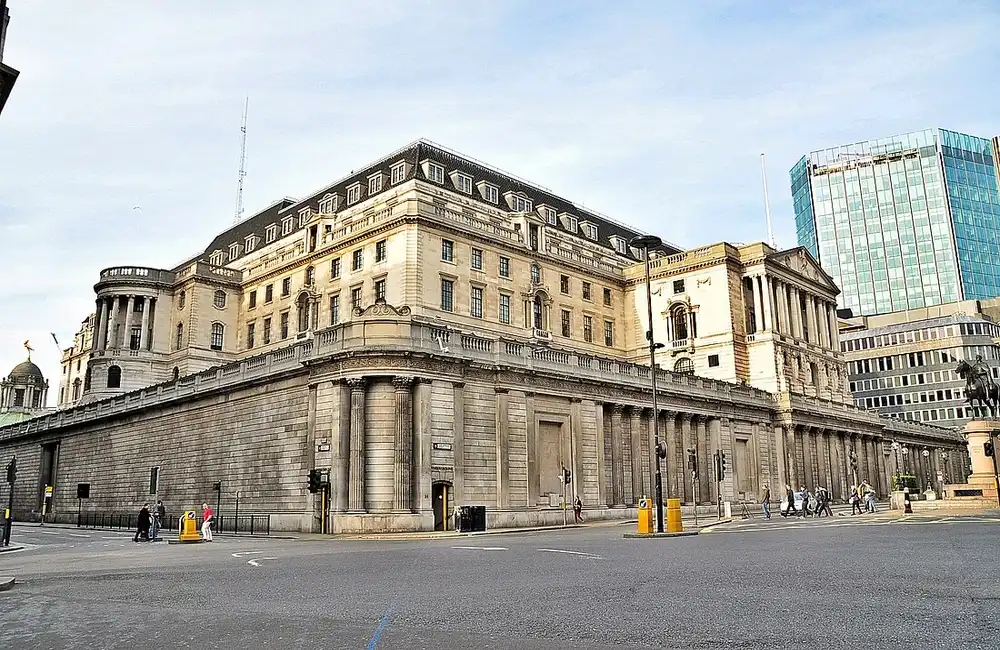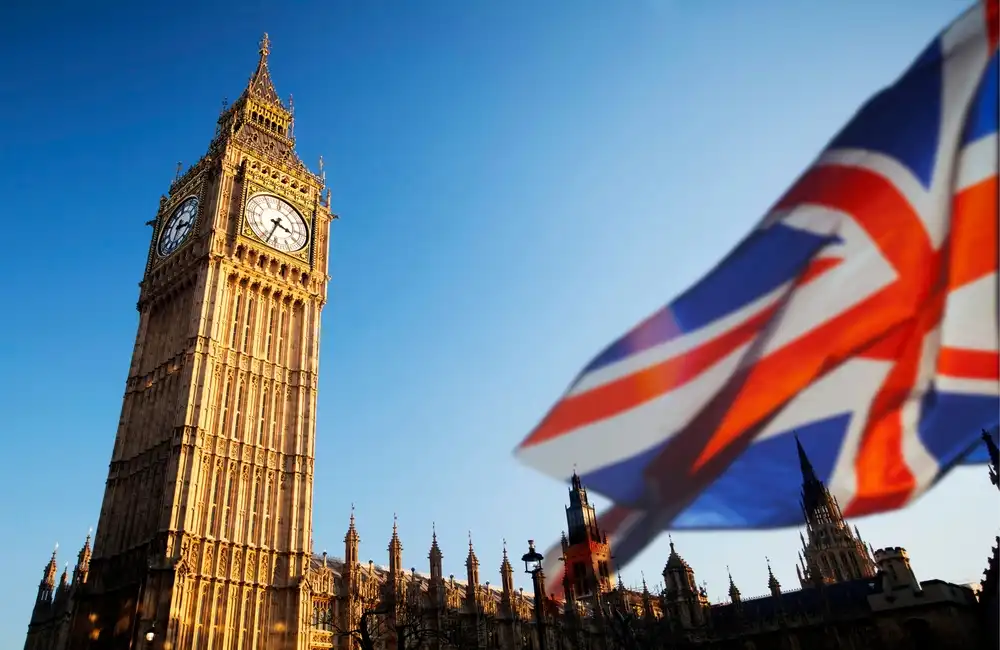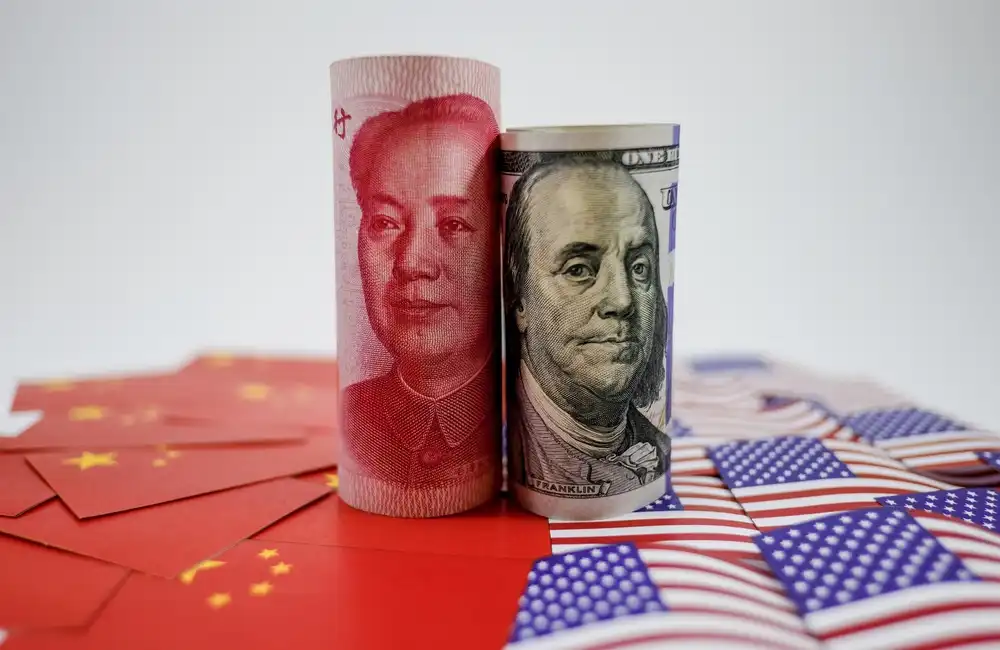The foreign exchange market is no stranger to surprises, and sterling’s recent rise in value against major currencies has captured the attention of traders and analysts alike.
What makes this movement intriguing is that it comes at a time when the Bank of England (BoE) has announced rate cuts. Historically, such monetary policy adjustments often lead to a weaker currency, but the pound has defied conventional expectations. Here, we’ll explore the factors behind this unusual trend and what it could mean for both investors and the UK economy.
The Conventional Relationship Between Interest Rates and Currency Strength
Typically, interest rate cuts reduce the yield on a country's assets, making them less attractive to foreign investors. This decreased demand for assets denominated in that country’s currency often results in downward pressure on its value. For sterling, past episodes of rate cuts have followed this well-trodden narrative, as international investors sought higher returns elsewhere.
Yet, the pound's performance post-rate cut this time has diverged from the norm, prompting questions about what’s driving this unexpected resilience or, indeed, strength.
What Is Driving Sterling’s Resilience?
Market Expectation and Forward Guidance
One possible explanation lies in how unexpected the rate cuts were. The BoE had strongly hinted at easing monetary policy earlier in the year, so by the time the cuts materialised, they were well-anticipated and priced in. Traders had already adjusted their positions ahead of the decision, meaning the impact on sterling was minimal.
Furthermore, the Bank has signalled that future rate cuts are not guaranteed, and its tone has been measured, suggesting cautious optimism about the UK’s economic fundamentals. This has reassured investors that severe monetary easing is not inevitable.
Comparative Economic Strength
Sterling’s performance can also be attributed to how the UK stacks up against other major economies. Amid global uncertainty—from supply chain disruptions to geopolitical tensions—the UK’s relative economic performance appears robust. Higher-than-expected GDP figures and steady employment data have likely buoyed market sentiment toward the pound.
Meanwhile, slowing metrics in the US and Eurozone make sterling comparatively attractive.
Foreign Direct Investment and Domestic Confidence
The UK continues to attract significant foreign direct investment in sectors such as technology, finance, and renewable energy. These capital inflows boost demand for sterling and lend support to the currency.
Domestically, consumer and business confidence have remained steady, easing fears of a downturn. The mix of internal optimism and external financial flows has created fertile ground for sterling’s strength.
Speculative Trading
Currency markets are often influenced by traders speculating on short-term moves. The pound’s rise may partly reflect speculative positioning as traders capitalise on the view that rate cuts are now fully priced in and no longer pose a downside risk.
What Does This Mean for the UK Economy?
Sterling’s resilience offers both opportunities and challenges. A stronger pound can reduce import costs, easing inflationary pressures for businesses and consumers. It also enhances investor confidence during global uncertainty.
On the flip side, exporters may find their goods and services more expensive abroad, potentially straining the UK’s trade balance as outbound trade seeks post-Brexit recovery.
What Should Investors Do?
For investors, this phase of sterling strength highlights the importance of diversification and close market monitoring. Currency markets remain volatile and sensitive to macro data and geopolitical events.
Investors with UK exposure should track BoE guidance, GDP, inflation, and employment figures. A clear view of global economic trends will be key to anticipating future currency moves and seizing strategic opportunities.
Looking Ahead
Sterling’s rise amid BoE rate cuts underscores how markets can defy conventional wisdom. From investor confidence to speculative actions, this episode highlights the complexity of forex dynamics.
The pound’s path will hinge on upcoming economic data and central bank decisions. For those watching sterling’s trajectory, the next few months will be crucial—and markets will likely continue to surprise even the most seasoned analysts.






















